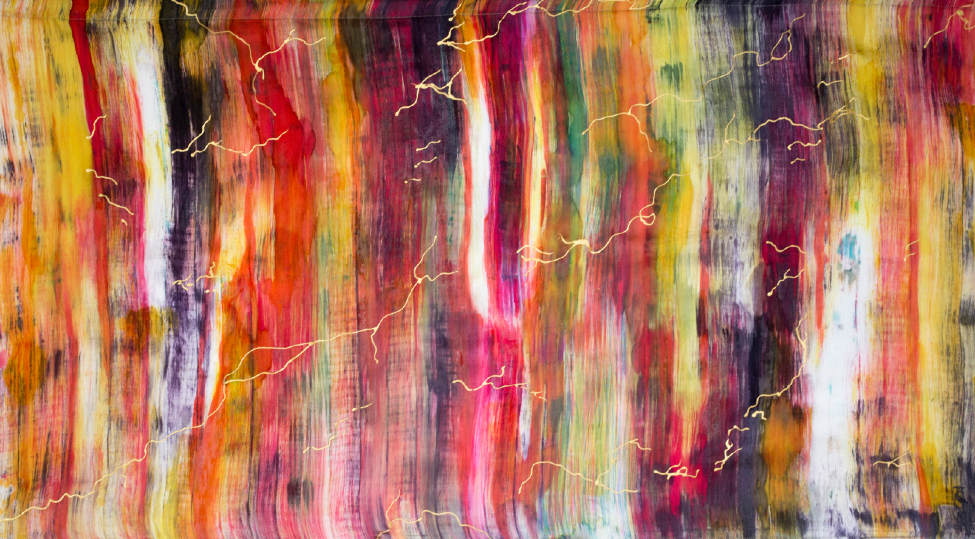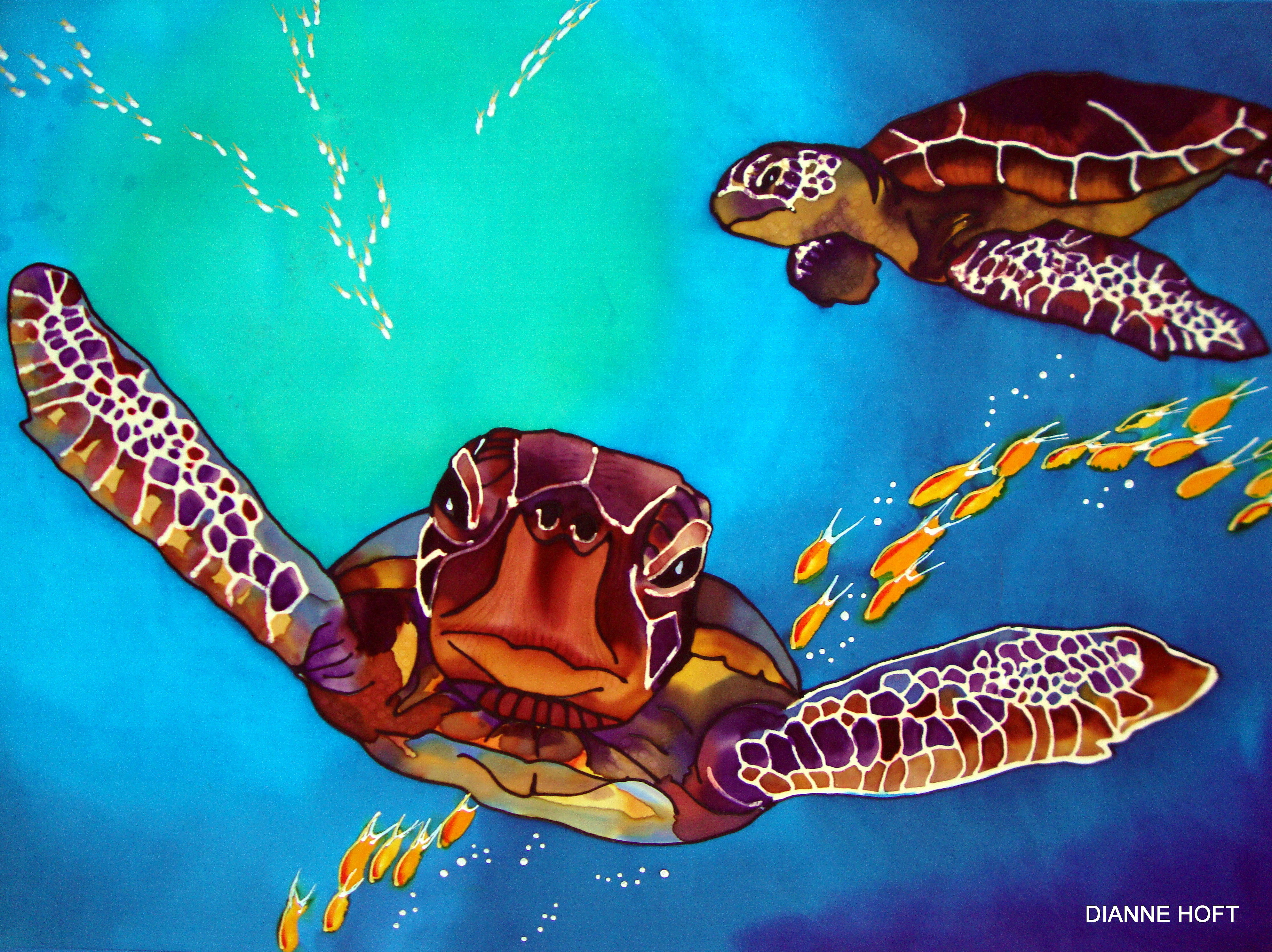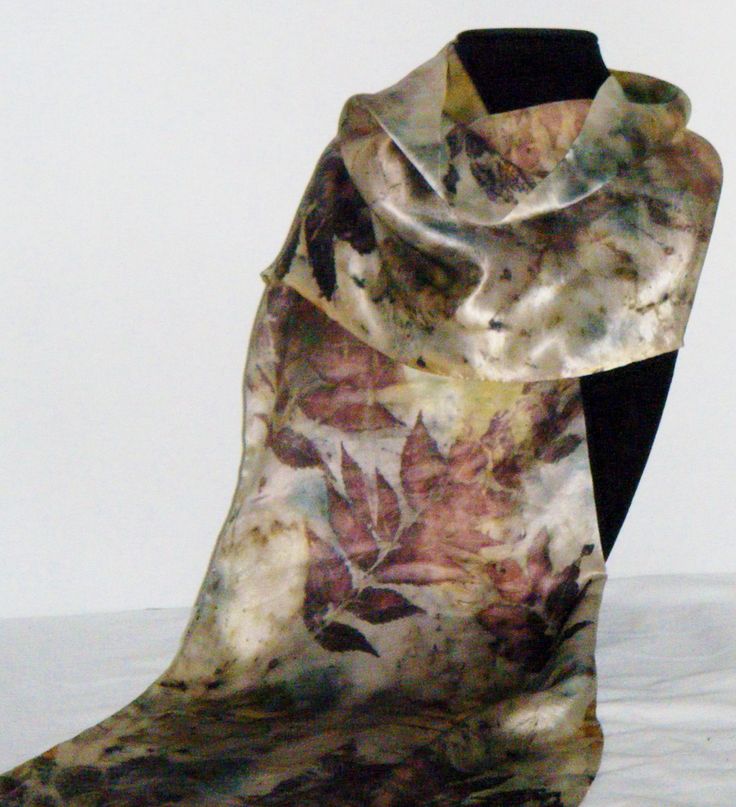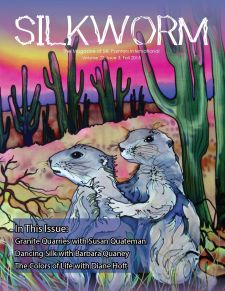|

Susan Quateman, The Cathedral Quarry
|
Susan Quateman's Collaborates to Capture
the Quarries of Cape Ann
by Susan Quateman
My fascination with the quarries of Cape Ann, a granite-rooted peninsula 30 miles northeast of Boston, MA, began eight years ago. That was when I first saw the quarry photography of Leslie D. Bartlett at his Cape Ann Museum exhibit. (see pg.9) Les is a visual artist whose work is influenced by two unique arcs. The first arc was below the proscenium of the Magic Show at the Cabot Theatre in Beverly, MA, where he worked every Sunday as a juggler, puppeteer and photographer. Fifteen years ago he discovered another important arc: the Keystone Bridge in Rockport, MA, which ushered him into the world of granite quarries that have been reclaimed by nature, and speak a hidden language of the lives and struggles of now departed quarry workers. This world of light and granite, of presence defined by absence, was captured in his Cape Ann Museum exhibit that I visited in 2007. I was puzzled and intrigued by his work. Could quarry walls really look like that? In retrospect, this exhibit laid the groundwork for my own entrancement and silk meditation on the quarry landscape of Cape Ann.
|
|

Dianne Hoft, Green Sea Turtle
|
The Color of Life
by Dianne Hoft
My heart has always resonated with the beauty of the natural world. Born in 1955, I was reared in a country town in the West of Australia, exposed to the colourful Australian outback filled with Eucalypt trees, multi-coloured parrots, kangaroos, wallabies and goannas to mention a few.
Mushroom hunting, climbing trees, chasing sheep and “bush” walking were ordinary activities, and inspired a personal love and respect for the environment.
My consciousness regarding the plight of animals was activated as a child due to the cruel animal husbandry involved in farming, and the elimination of trees and animals to make way for agriculture.
The only way to rebel at that time was to become vegetarian, which was uncommon. Thankfully, with our growing exploration of food, our growing spiritual consciousness, and our growing health concerns, the vegetarian lifestyle is much more accepted today.
|
|

Naturally Dyed Silk by Barbara Quaney
|
Dancing Silk with Natural Dyes
with Barb Quaney
Barb started with felting, purchasing wool of a breed of sheep that she liked and that was already dyed. From there she moved on to dying her own wool roving. She discovered nuno-felting on a trip to Australia. “That’s when I began dying the silk. They [the silks] were not off-the-shelf, but were customized with my own colors into the felting. I found that I really enjoyed the dying process with the textiles.” She began to explore shibori which led to exploring the natural dyes and that led to the eco-printing.
According to Barb’s website, “eco-printed fabric is a natural dyeing process that combines the power of steam and earth metals with bark, leaves and berries from the garden. The steam transfers the natural colors and prints on to the fabric in a unique and beautiful way!”
(To read more of these stories, go to Vol. 22, Issue No. 3.)
|



